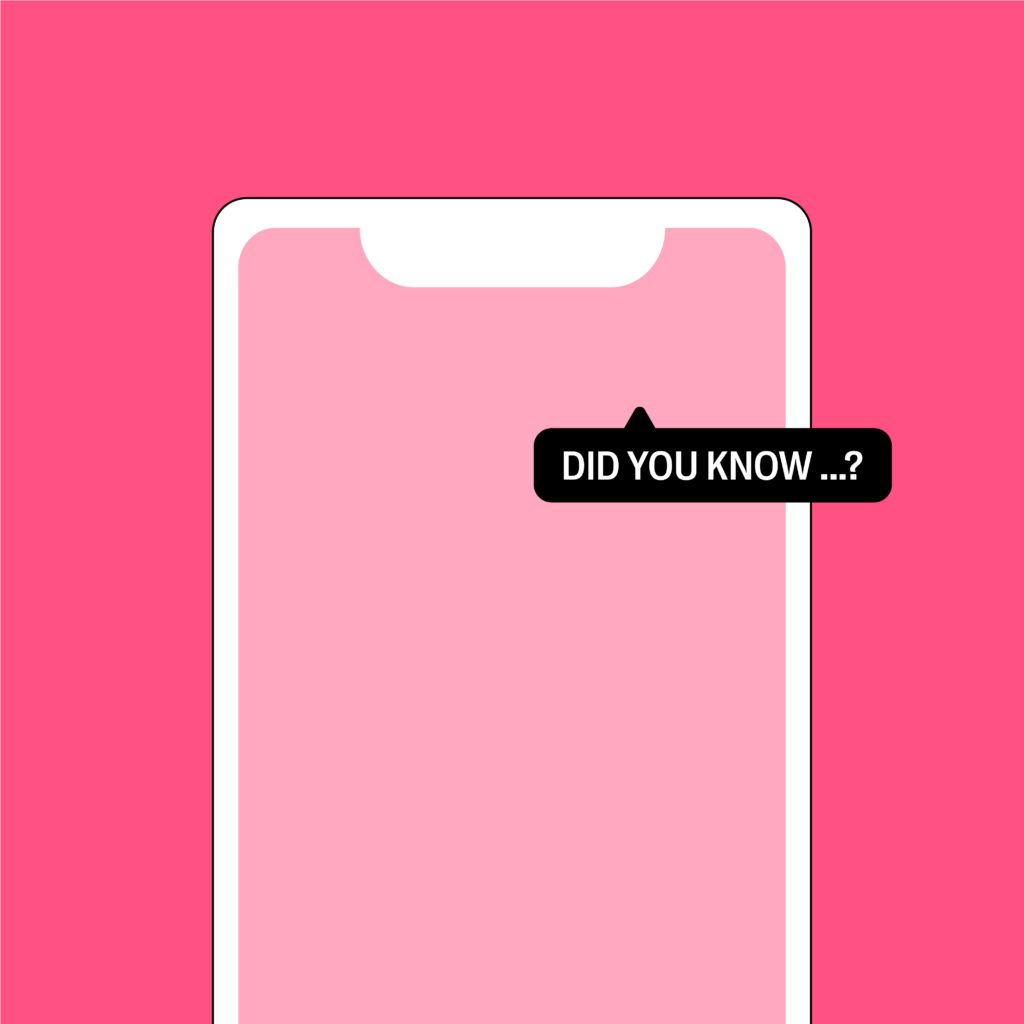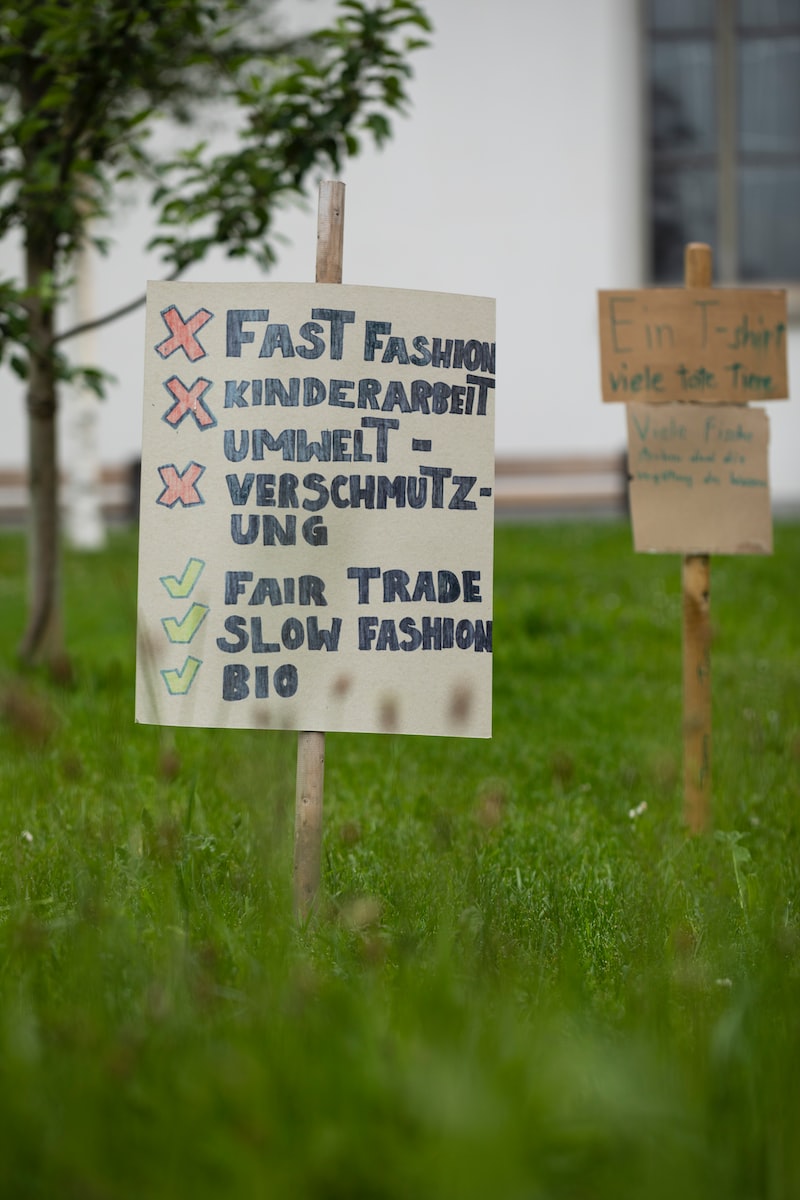Technology is fundamentally changing the way we live, work, and relate to the external world. Nowadays, the advent of new technologies has the potential to transform environmental protection and drive people to a more sustainable behavior. Currently, civilization faces different challenges so technology can play a crucial role in decoupling development, whether it is for an eco-friendly lifestyle or combating the climate crisis.
Understanding behavioral science and innovation through technology are valuable tools to use in creating new habits or positive changes.
How Does Technology Work? What Sort of Changes Should We Make? Generally, technology can help us change our behavior in 3 ways. Technology such as apps can leverage behavioral science to direct consumers and businesses towards making better choices regularly. Let’s run through a few examples:
Personalization: Personalization is key. Through personalization, we can see how our actions and behaviors impact the world, especially positive ones.
There is a similar pattern between tracking our progress in the gym or going for a walk to being sustainable. We like to understand what difference we have made in doing a specific action.
This principle can be applied to apps that give us personalized info on our carbon, land and water footprints. When users realize the positive impact of choosing sustainable food, energy and travel options, their motivation is fueled and incentivizes them toward a greener lifestyle. Apps can provide tailored, targeted messages for each user, addressing their barriers and motives.
Simplicity: Sustainability is a complex topic that can sometimes deter people from taking action. However, simplifying it so that it’s easy to understand is a great way to attract more people into taking action. That’s where technology and behavioral science are crucial.
One real-world example is carbon offsetting. Through technology, we can better understand our carbon footprint. We can see carbon offset rates in airline booking platforms and holiday booking apps, enabling us to see what impact our actions have on the environment.
Presentation matters: How we present and offer options visually and financially makes a significant impact on buying decisions. That’s why companies spend so much money on visual merchandising and creative pricing strategies. Some examples are the use of window displays, mannequins, signage & graphics, store layout and interior displays.
How Technology Is Revolutionizing Sustainability
Sustainability is becoming more and more of a crucial concern for companies as different threats grow. Consumers are also starting to put sustainability at the forefront of their purchasing decisions. More than half of consumers are likely to buy sustainable products; 31% are willing to go out of their way to do so. Not only does technology serve to make our lives easier, but it may also be key to protecting the environment. Recently, technological advances have made sustainable living more possible than ever. Here are ways technology drives people to more sustainable behavior.
1. Internet of Things: The Internet of Things or IoT refers to the growing network of internet-connected devices in everyday life. One of the key advantages of the IoT is the ability to monitor all the devices’ activity and increase lifestyle sustainability. Using IoT-enabled appliances can cut down energy waste. You can set lights and air conditioning or heating units to turn off automatically after a specific time, or shut them off remotely while you are away.
2. Alternative Energy: Alternative energy isn’t just for businesses anymore. Solar panels for homes used to be expensive and inefficient, but they are becoming increasingly affordable. Solar power is a suitable option for many families, if not as their primary power source, then as an auxiliary one to become less dependent on energy companies.
3. Meat Alternatives: Animal agriculture accounts for roughly 14.5% of human emissions worldwide. Lowering our meat intake can significantly reduce pollution. Some companies like Beyond Meat are producing plant-based meat substitutes. These replacements will help people transition into a more sustainable diet without having to eat vegetables for every meal.
4. Indoor Farming and Precision Agriculture: Agriculture takes up a lot of lands, but it doesn’t have to. Indoor farms are more efficient than traditional ones; they use less land and reduce habitat destruction. Using climate control technology, indoor farms can produce seasonal crops all year. As the population increases, this versatility could prove vital. People will always need agriculture, but we are running out of space. Moreover, precision agriculture involves using technology to make farming practices more accurate and controlled. From harvesting vehicles to sensors in irrigation systems, precision agriculture helps farmers get the most out of their crops. This accuracy can significantly reduce waste and increase yields.
Artificial Intelligence and Sustainability
Artificial Intelligence (AI) is the ally that sustainable development needs to design, perform, advise and plan the future of our planet and its sustainability more effectively. Technology like AI will help us to act more efficiently, use resources sustainably and reduce and manage the waste we generate more effectively. Combining AI and sustainable development will help not only humans but also industries to design a better planet. It addresses the planet’s current needs without compromising future generations due to climate change or other challenges.
Artificial Intelligence and Sustainable Development Goals
According to a study published in Nature, AI could help to achieve 79% of the Sustainable Development Goals (SDGs). An example of AI’s contribution to sustainability is traffic management. Applying artificial intelligence to urban mobility allows traffic jams to be predicted and alternative routes to be suggested. This technology predicts vehicle demand by zone and time. So companies can organize the availability of vehicles for citizens based on their needs. This solution not only facilitates mobility but also minimizes its environmental impact.
Overall, if the environmental impact of AI can be reduced, and more people and organizations start to use AI in their sustainability initiatives, then the use of AI as a whole may be able to attain a level close to carbon neutrality. To pave the way to a sustainable and eco-friendly lifestyle, we must start making conscious choices.
For your shopping needs, you can refer to Faircado. It is the first AI-powered search and comparison portal for second-hand shopping. It is the place where you can find all second-hand products in one platform to save time, money, CO2 and the planet.









